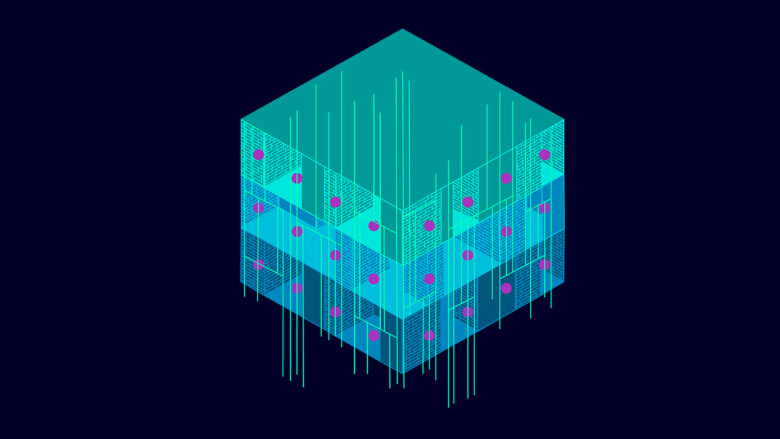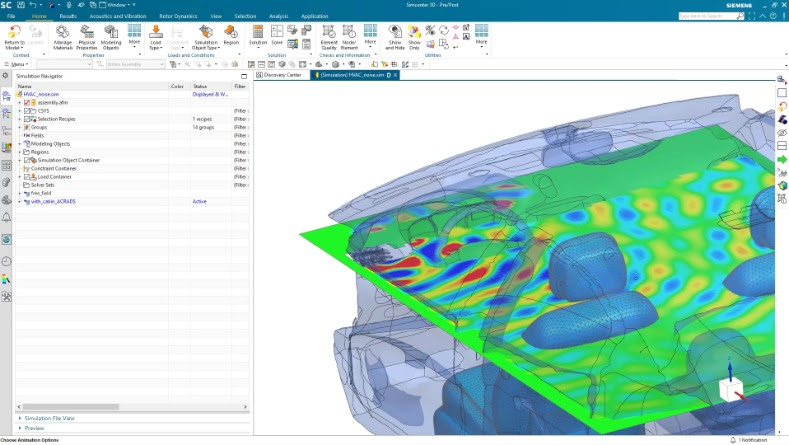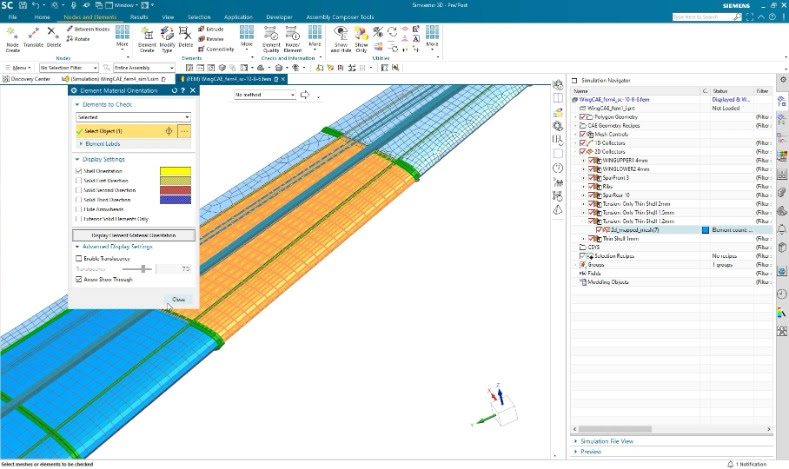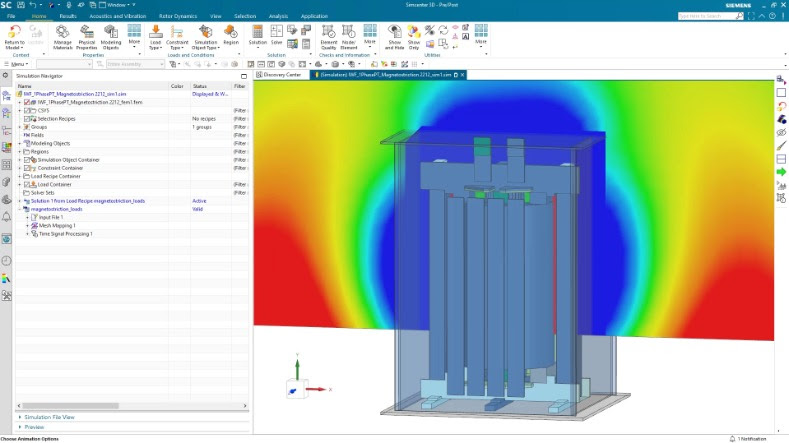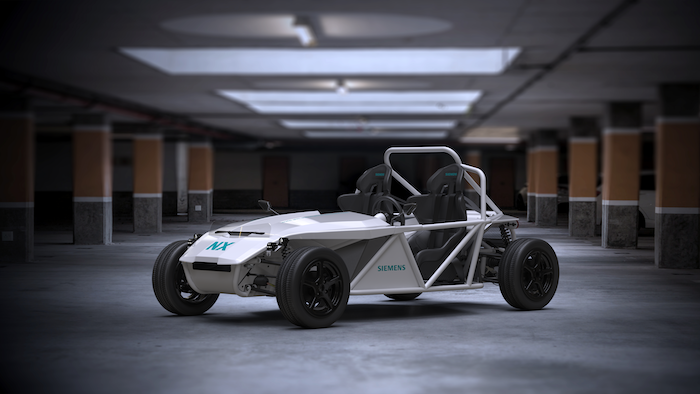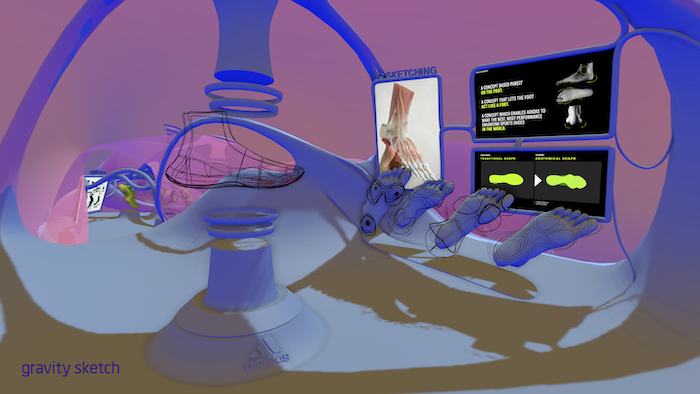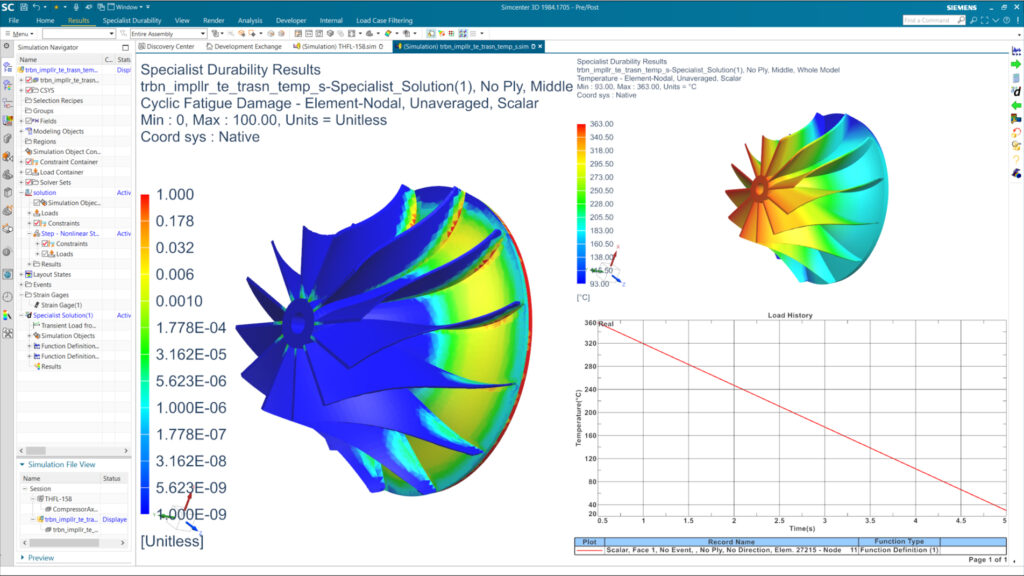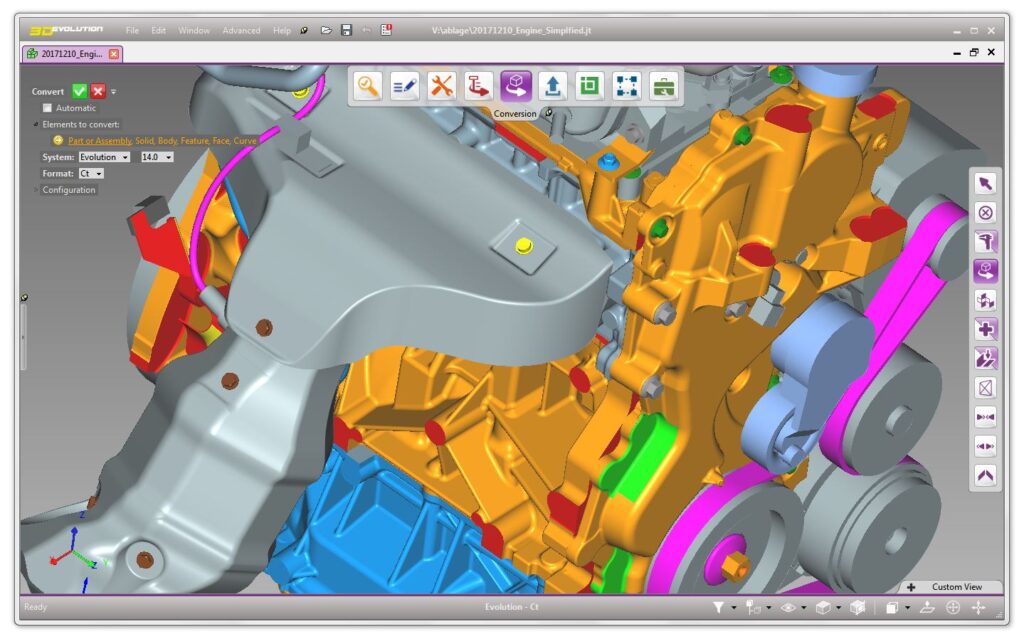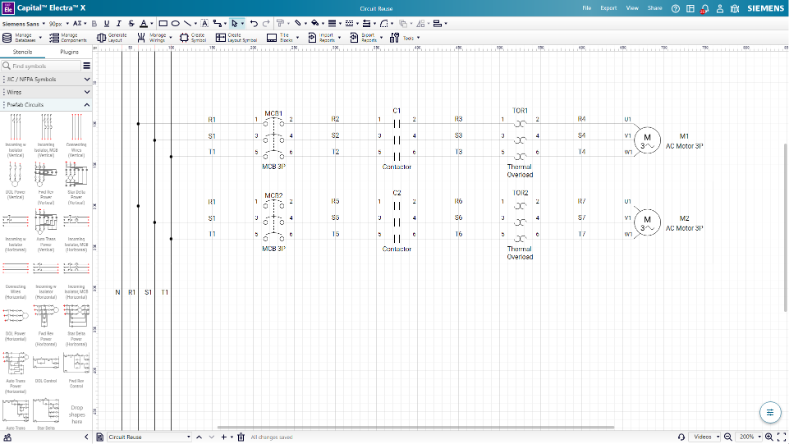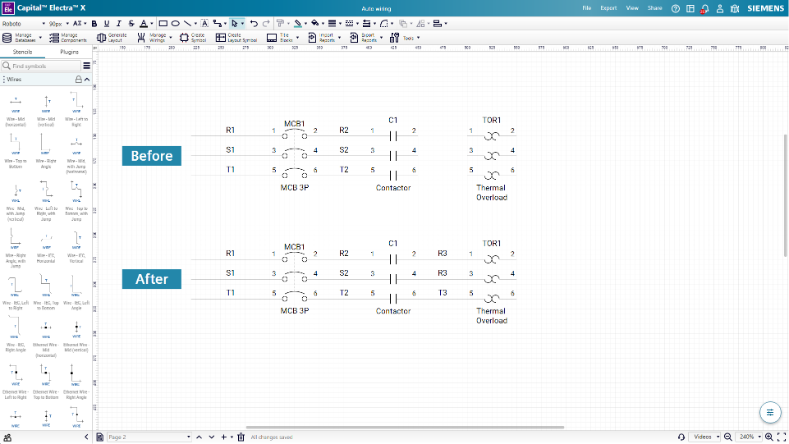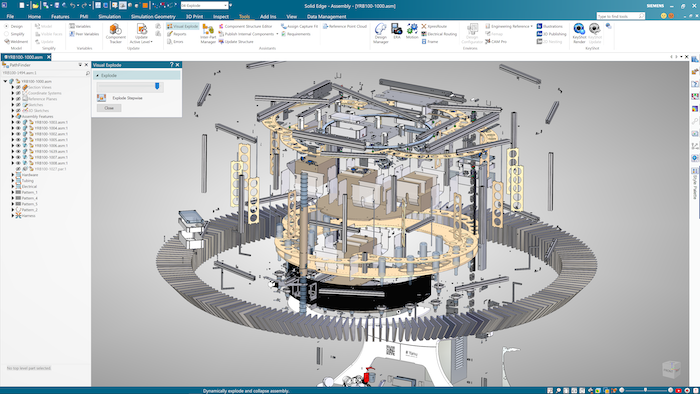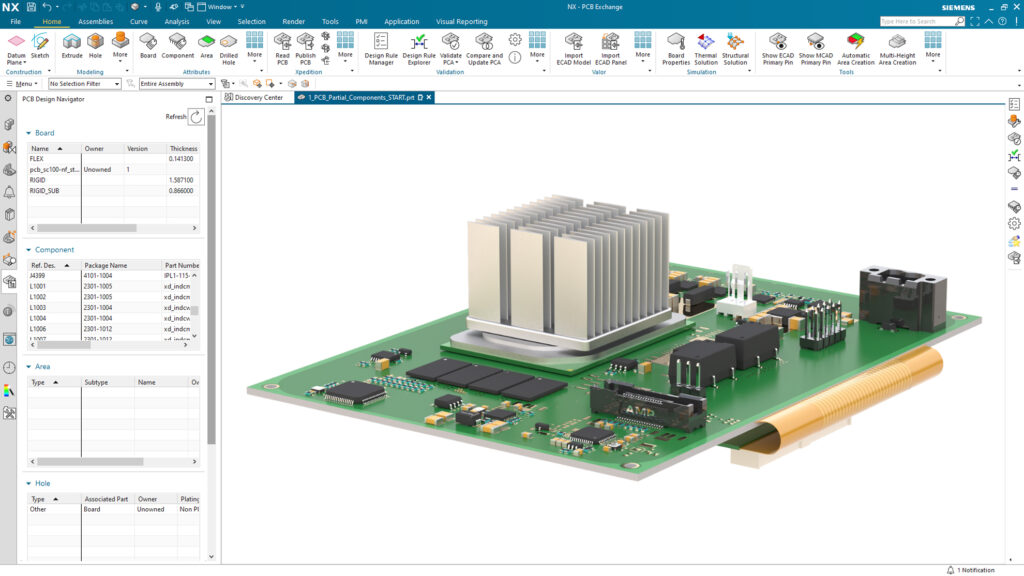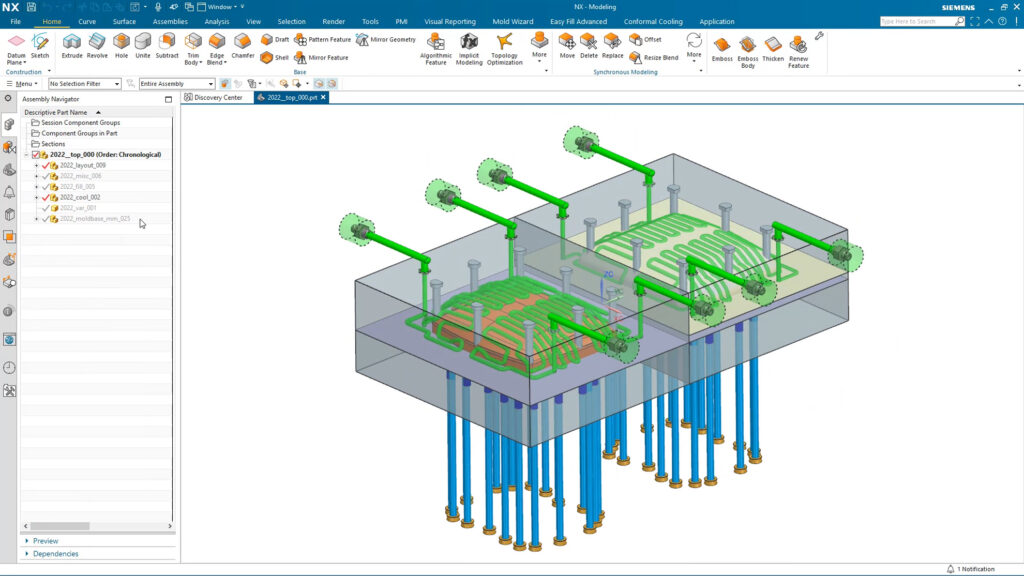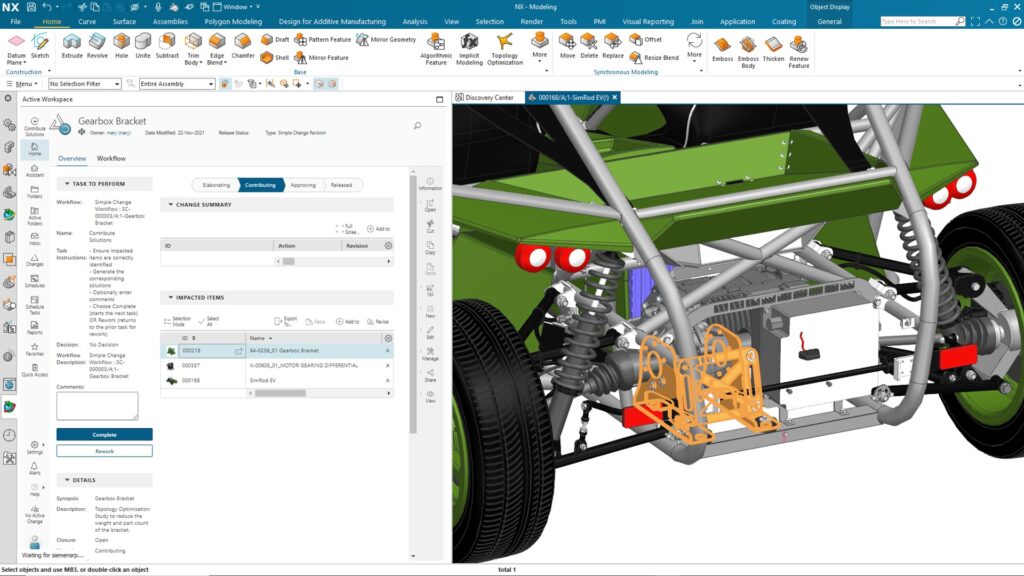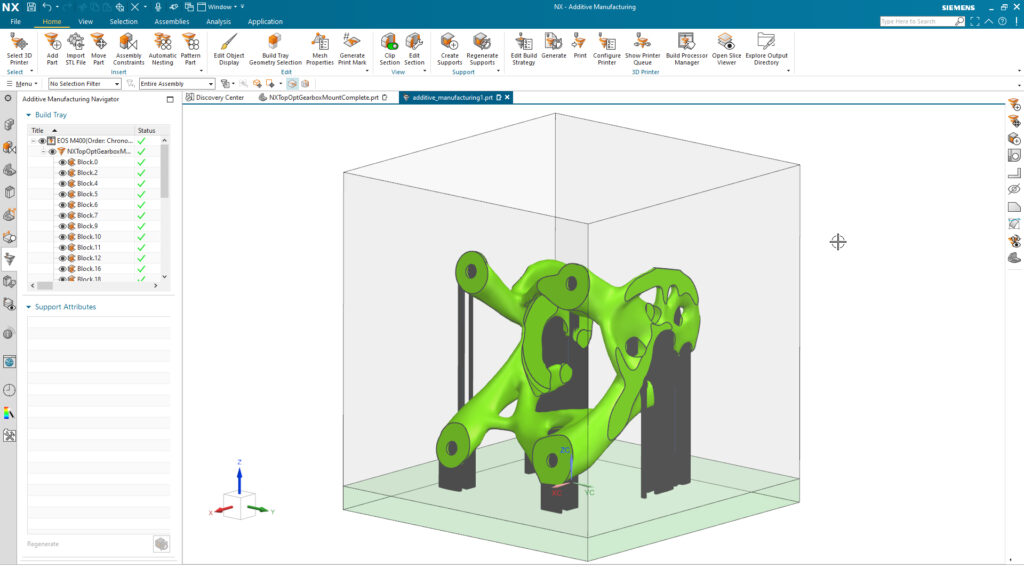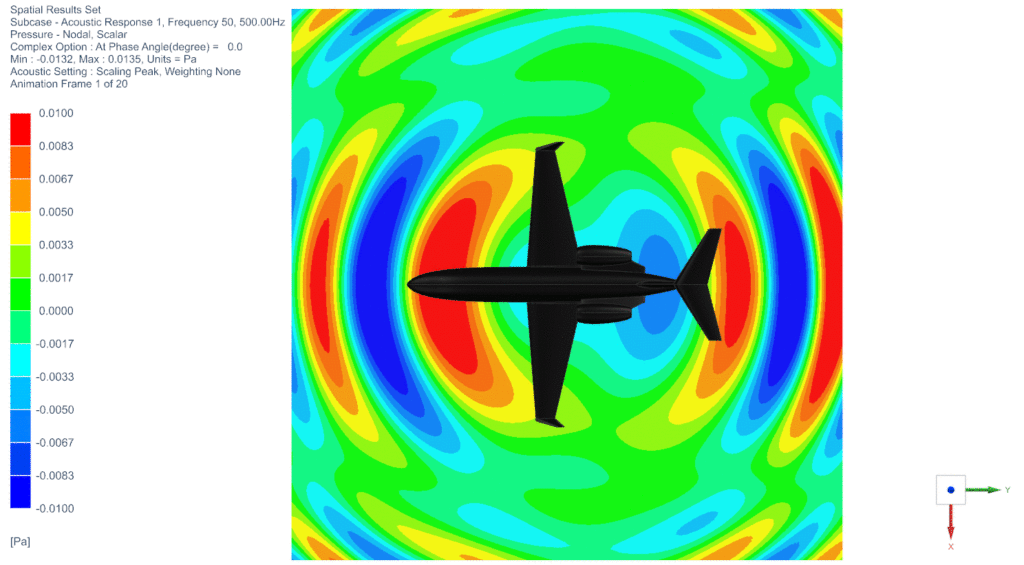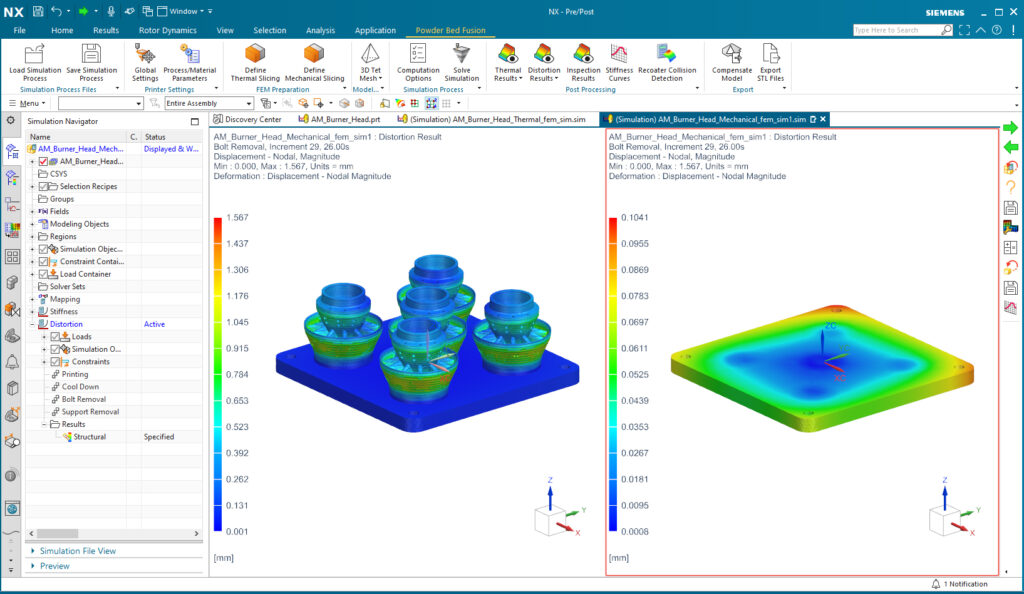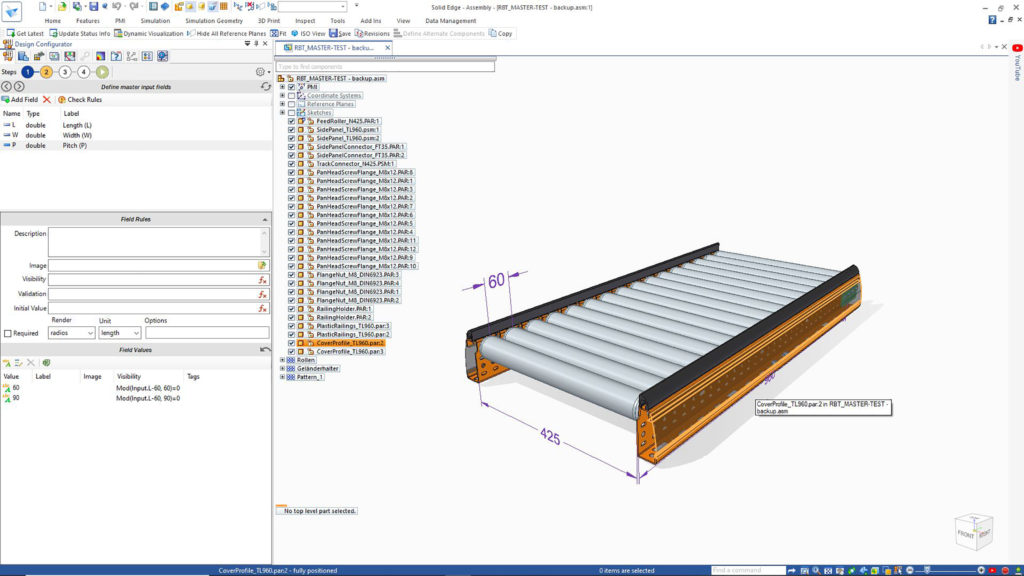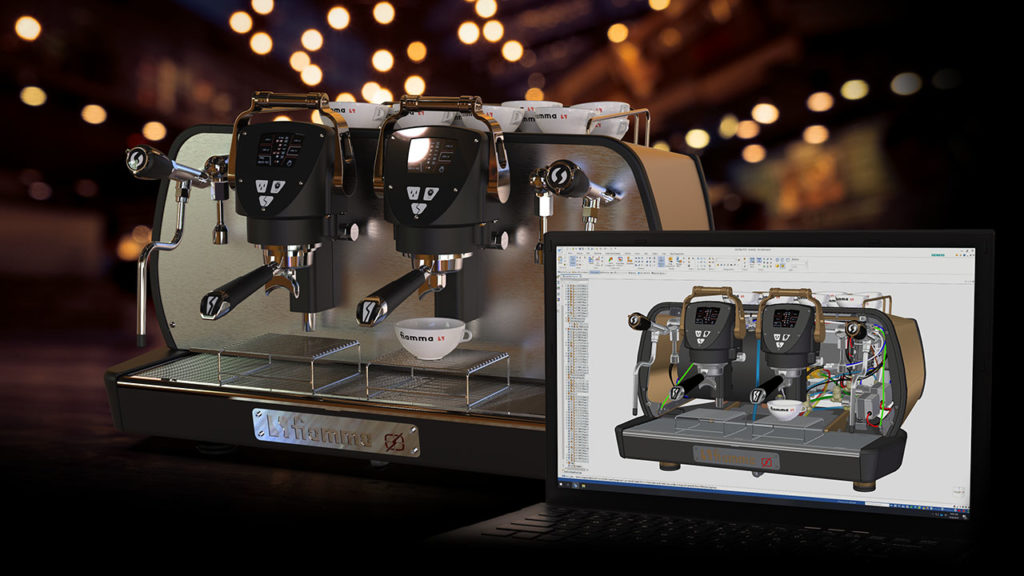Siemens Digital Industries Software announced today that it is bringing an innovative approach for sharing accurate thermal models of integrated circuit (IC) packages to the electronics supply chain. The main advantages are protecting intellectual property, enhancing supply chain collaboration, and accuracy of models for steady state and transient thermal analysis to enhance design studies.
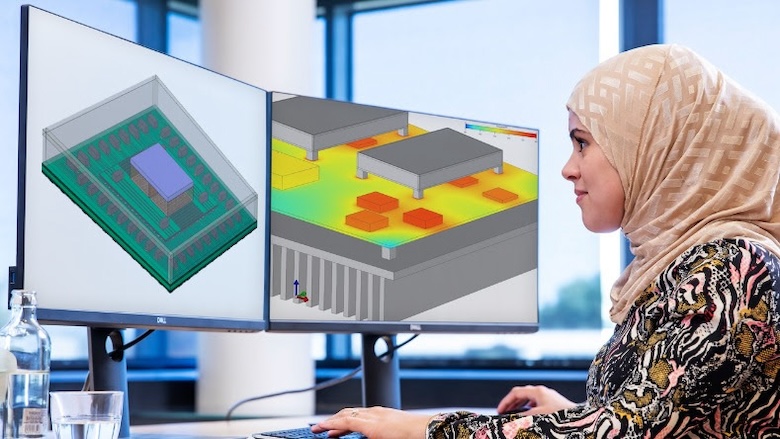
Introduced in the latest updates to Simcenter Flotherm software for electronics cooling simulation from the Siemens Xcelerator portfolio of industry software, the breakthrough Embeddable Boundary Condition Independent Reduced Order Model (BCI-ROM) technology allows a semiconductor company to generate an accurate model that can be shared with their clients for use in down-stream high-fidelity 3D thermal analysis without exposing the IC’s internal physical structure.
MediaTek, a global fabless semiconductor company developing innovative systems-on-chip (SoC) for mobile, home entertainment, connectivity, and Internet of Things (IoT) products, has taken advantage of Simcenter Flotherm to drive efficiency in its collaboration with customers.
“Embeddable BCI-ROM is a great way to share our thermal models with our customers. It has several key features: easy generation, confidentiality, low error rate, and suitability for steady-state and transient applications,” said Jimmy Lin, technical manager of MediaTek.
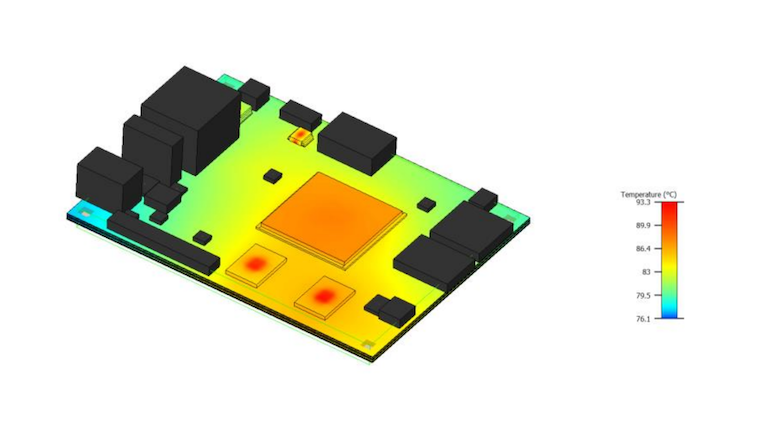
Today’s electronics often have heat dissipation challenges that need to be resolved during design due to higher power density influenced by the miniaturization of semiconductor packages and electronic systems, trends for thin-form consumer products, or demanding processing requirements. As a result, the need for more detailed thermal models to help solve thermal management design tasks is growing. Increasingly, modern IC package architectures such as 2.5D, 3D IC, or chiplet-based designs have highly complex thermal management challenges that require 3D thermal simulation both during their development and during integration of IC packages into electronics products.
“Given electronics supply chain pressures and the growing complexity of IC packages, barriers to collaboration and thermal analysis efficiency during design must be eliminated where possible to support competitive development,” said Jean-Claude Ercolanelli, SVP of Simulation and Test Solutions at Siemens Digital Industries Software. “Our breakthrough new technology enables accurate thermal models to be shared securely within the electronics supply chain without exposing sensitive intellectual property, allowing all parties to resolve thermal issues faster and bring advanced products to market more quickly.”
To learn more about Siemens’ Embeddable BCI-ROM technology and how it can enable more efficient and secure collaboration, visit: https://blogs.sw.siemens.com/simcenter/embeddable-bci-rom-cfd-thermal-model/

